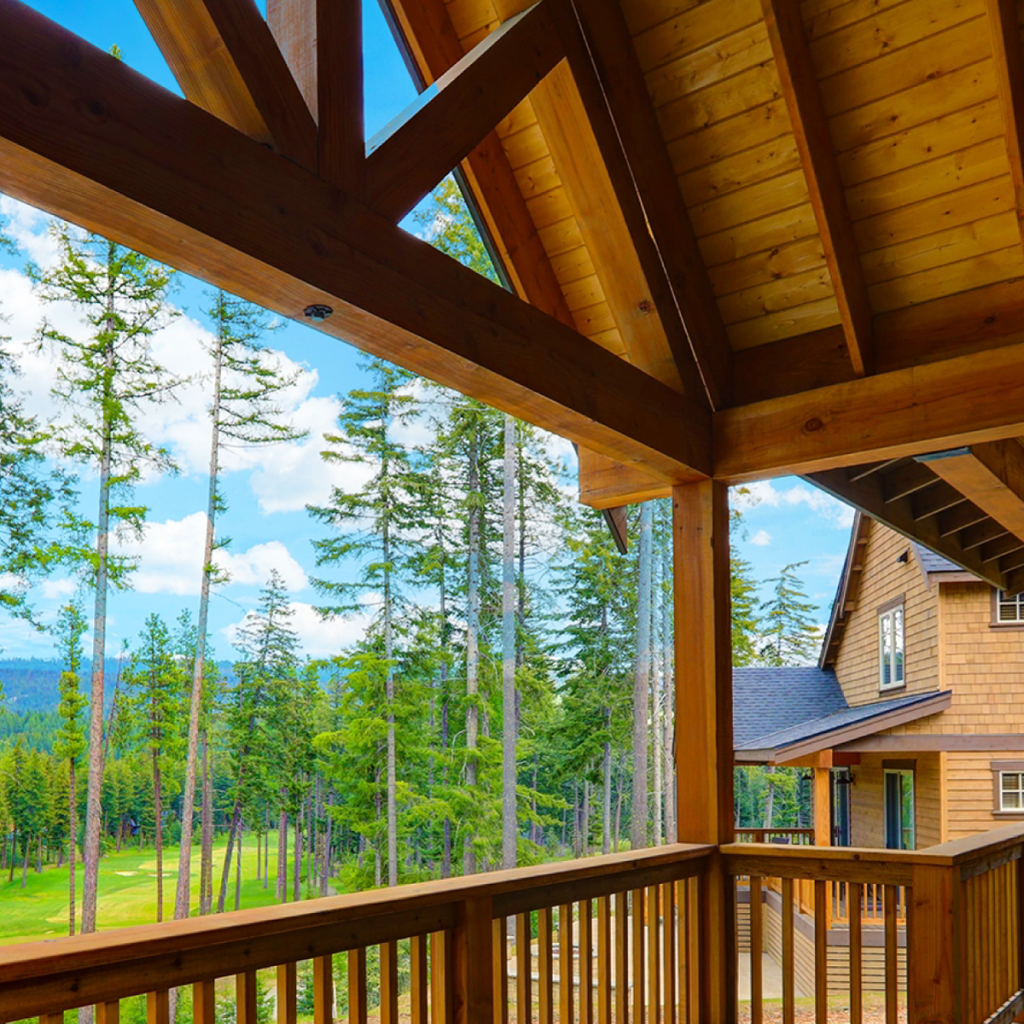
Treated Timbers for Building Strong Foundations
Pressure-Treated Wood: The Key to Long-Lasting Foundations
Building a sturdy and long-lasting structure hinges predominantly on its foundational elements. But what happens when that foundation faces relentless challenges from moisture, rot, and destructive pests? Traditional building materials like concrete, wood, and brick can often fall short. Specifically, untreated wood becomes a home for fungi and termites; concrete blocks can crack and absorb moisture; and metals can corrode, compromising structural integrity.
A strong foundation is not negotiable, especially for outdoor and moisture-prone projects. Pressure-treated timber emerges as a superior choice, offering enhanced durability through its resistance to rot, fungal decay, and insect infestation.
Beyond traditional foundational elements for homes, treated timber excels in applications such as deck foundations, pergolas, raised garden beds, and retaining walls, offering a durable and long-lasting solution that withstands the elements and ensures the success of outdoor projects and residential and commercial structures.
Understanding Treated Timbers
Pressure-treated timber is wood that has been processed to enhance its durability and resistance to decay, insect damage, and fire. The most common method for treating lumber is through pressure treatment. To do this, timbers are placed in a large, sealed cylinder, and air is removed from the wood’s cells through a vacuum. Preservative chemicals are then forced into the wood fibers under high pressure, allowing the preservative to penetrate deep into the wood’s structure.
Micronized Copper Azole (MCA) and Chromated Copper Arsenate (CCA) are among the popular treatment methods for heavy timbers, with the main differentiator being their chemical composition and associated environmental considerations.
CCA is now primarily reserved for industrial and marine applications due to environmental concerns. MCA, a newer, more environmentally safe option with micronized copper, is widely used for residential and general construction purposes.
Applications of Treated Timbers for Foundations
Treated heavy timbers are ideal for outdoor projects such as decks, fences, and structural supports. In structural framework applications, they are used for the essential support in residential and commercial buildings for columns, beams, roof trusses, and more.
For permanent wood foundations and other ground-contact structural applications, Culpeper provides treated timbers that meet or exceed the necessary building codes and AWPA standards for durability and structural integrity in demanding environments. Culpeper Heavy Timbers are manufactured in more than 100 different sizes ranging from 3×4 treated timbers to 12×12 treated timbers. All standard sizes are available, such as 2×4 treated timbers, 6×8 treated timbers, 4×4 treated timbers, and 8×8 treated timbers.
Additional applications for ground or water contact heavy timbers include permanent wood foundations, pole barn foundations, marine bulkheads, landscape structures and terracing, and even for industrial and crane matting.
Because moisture is the primary cause of wood decay, the treatment process is critical. Without it, timbers would warp, split, and structurally weaken. The chemicals present in pressure-treated wood significantly reduce these risk factors, maximizing the lifespan of the wood and making it a viable choice for foundational elements.
Best Practices for Using Treated Timbers for Foundation Applications
When utilizing treated timbers for foundations, adhering to best practices is crucial for ensuring longevity and structural integrity.
Timbers should be free from knots, splits, checks, and other visible defects that can compromise structural performance under load or over time. Choosing lumber that has been properly graded and certified for structural use – such as #2 grade or better – will provide the necessary strength and quality standards for foundation applications.
Beyond material selection, ensuring the proper pressure treatment methods – with preservatives suitable for ground contact and with proper chemical retention – is essential for protection against decay, fungi, and insect infestation.
Meticulous design and engineering considerations – engineered plans, proper load distribution, effective drainage and moisture management, and adequate ventilation for crawl spaces – play a vital role in the longevity of projects using timbers. Installation must adhere strictly to engineered specifications, utilizing fasteners compatible with treated timber and employing correct assembly techniques while protecting the wood from damage during construction. Also, ongoing maintenance through regular inspections is important for maintaining drainage systems, and controlling vegetation around the foundation will further contribute to the lasting performance of the treated timbers.
From resilient foundations to expansive decks, treated timber empowers the industry to build with confidence, creating structures designed to endure the tests of time and the forces of nature.